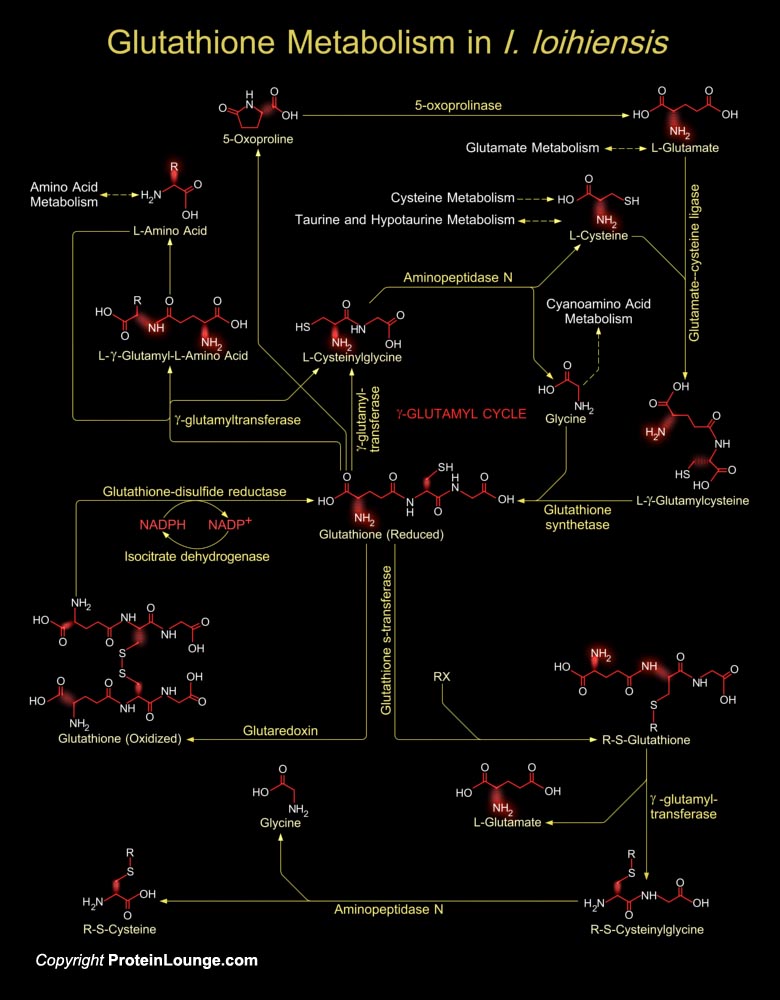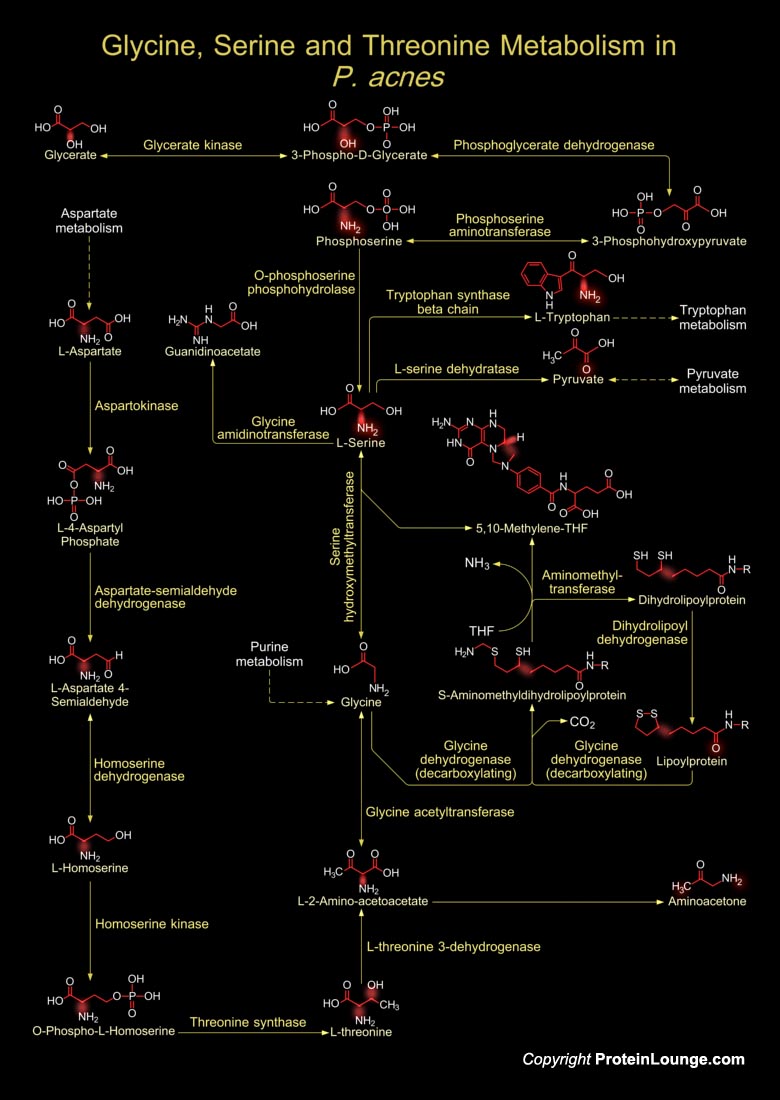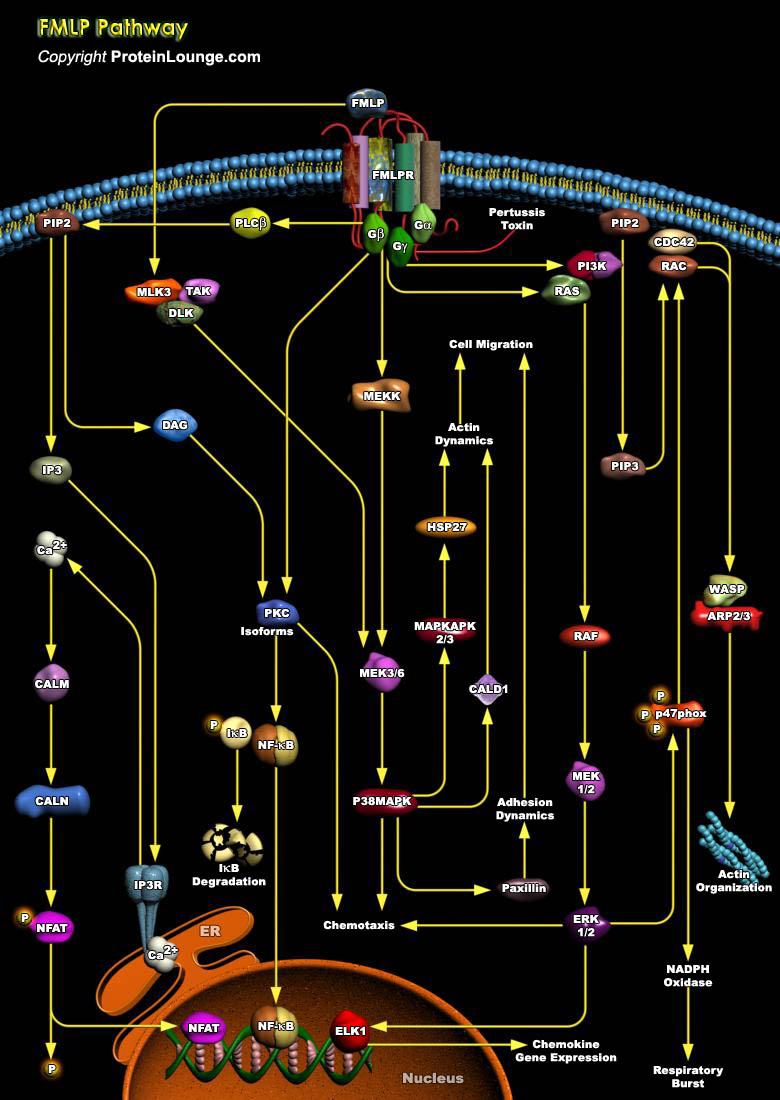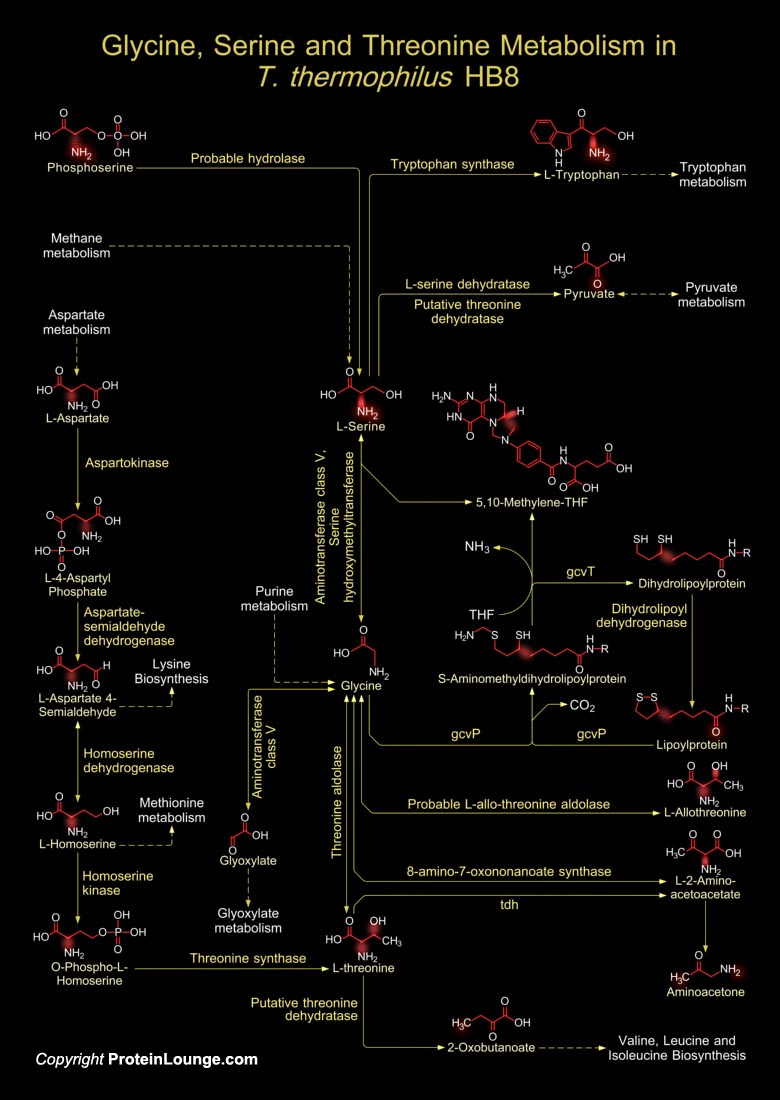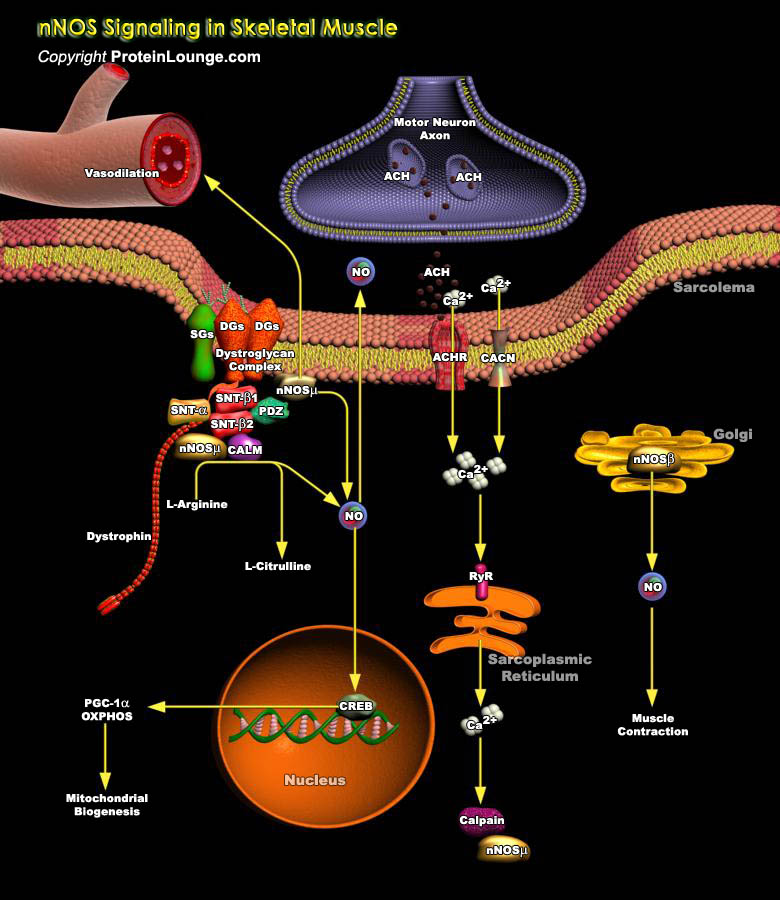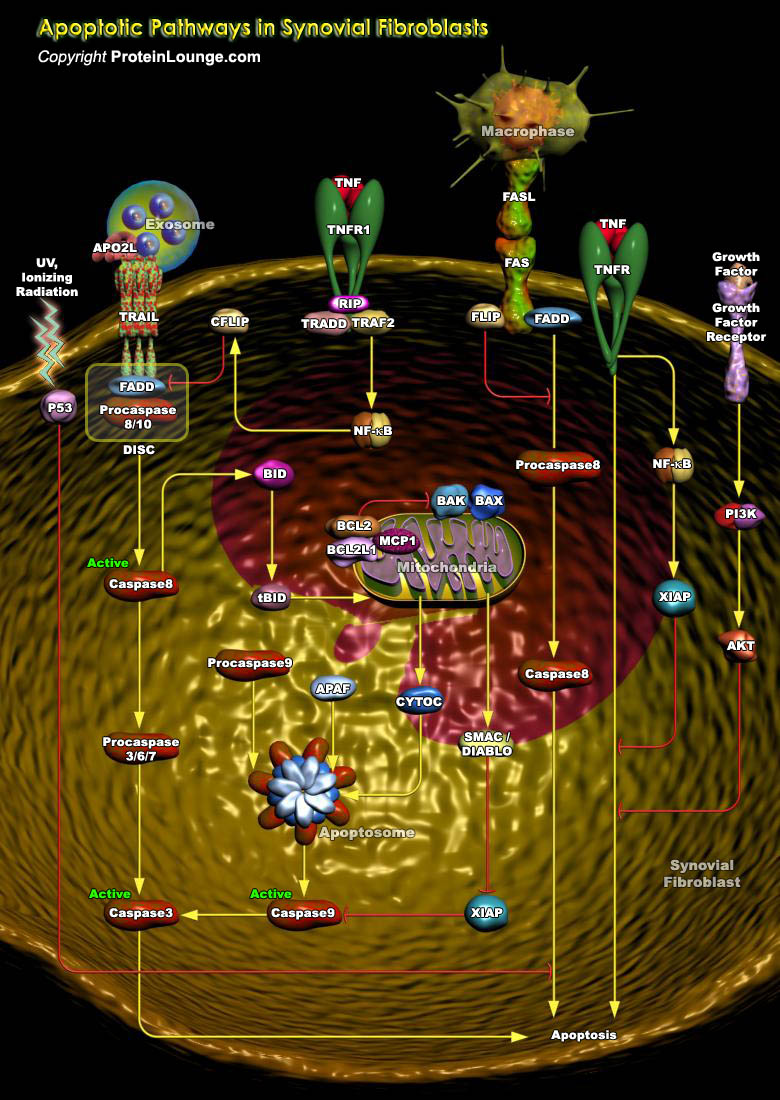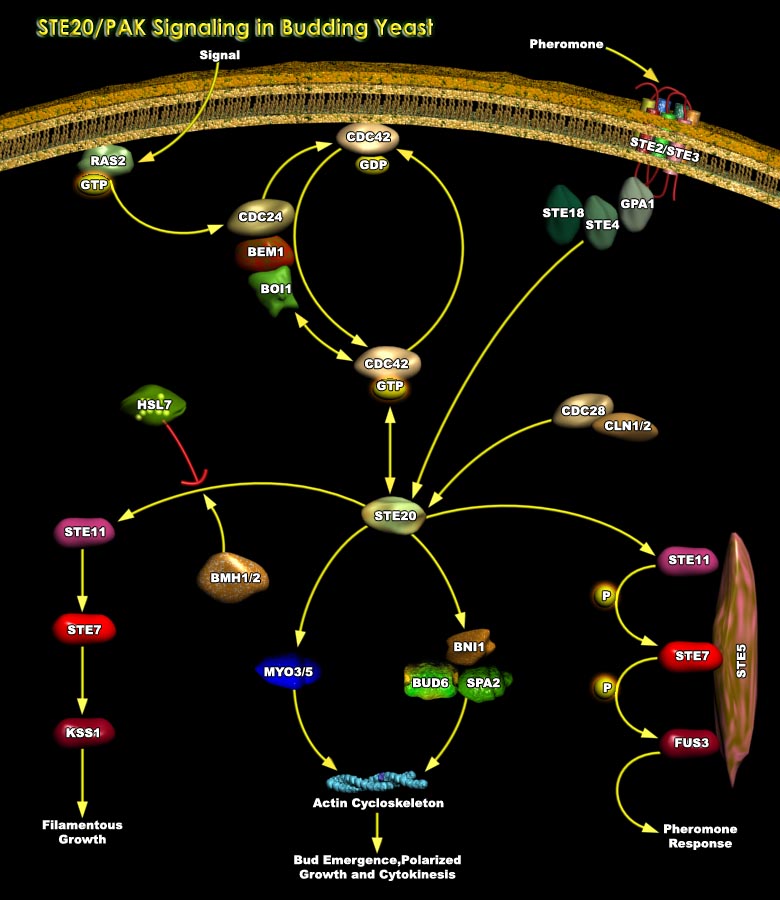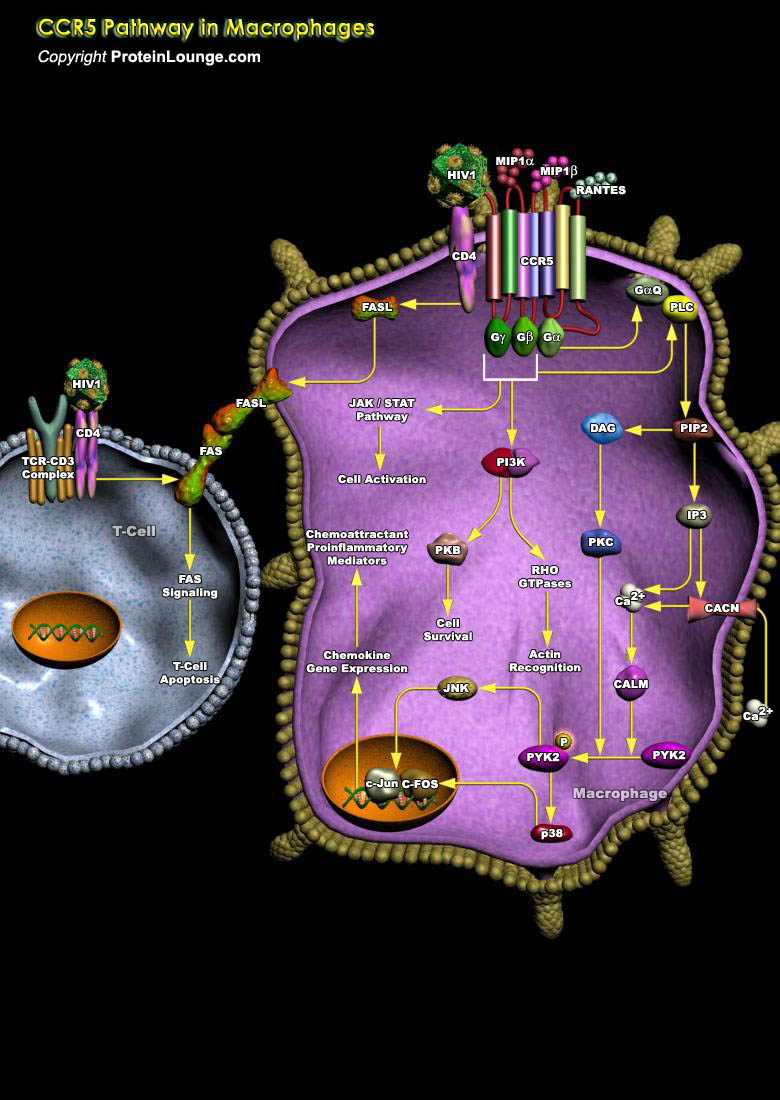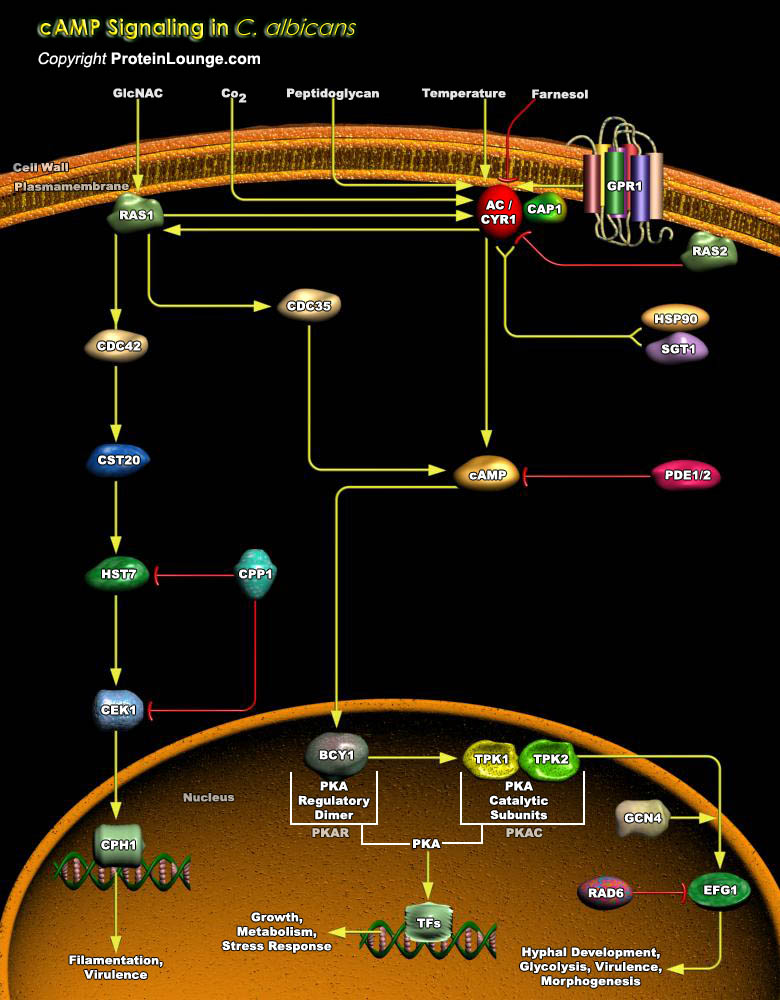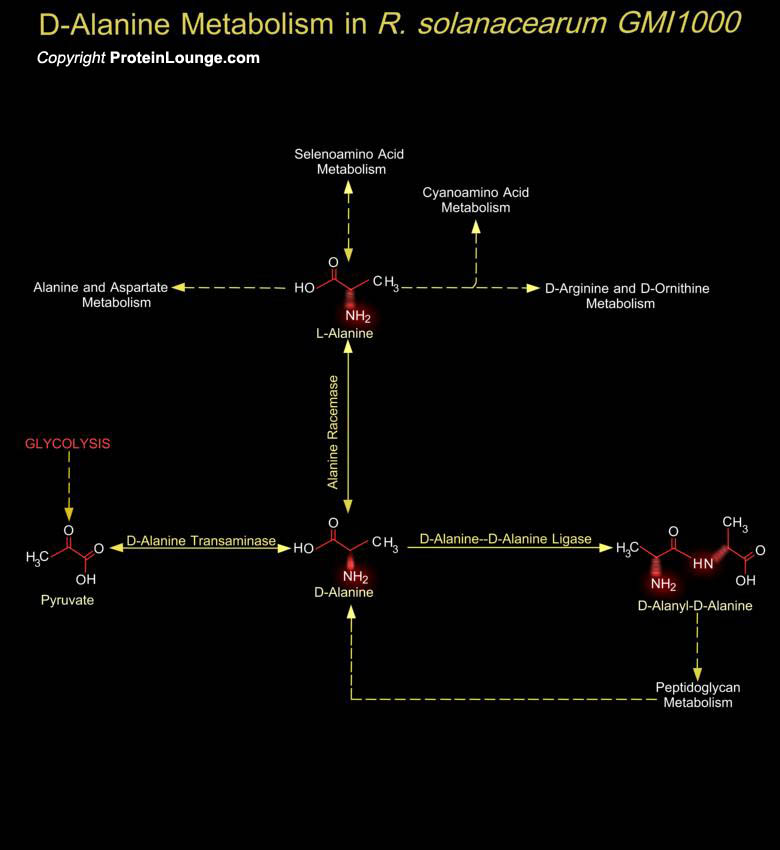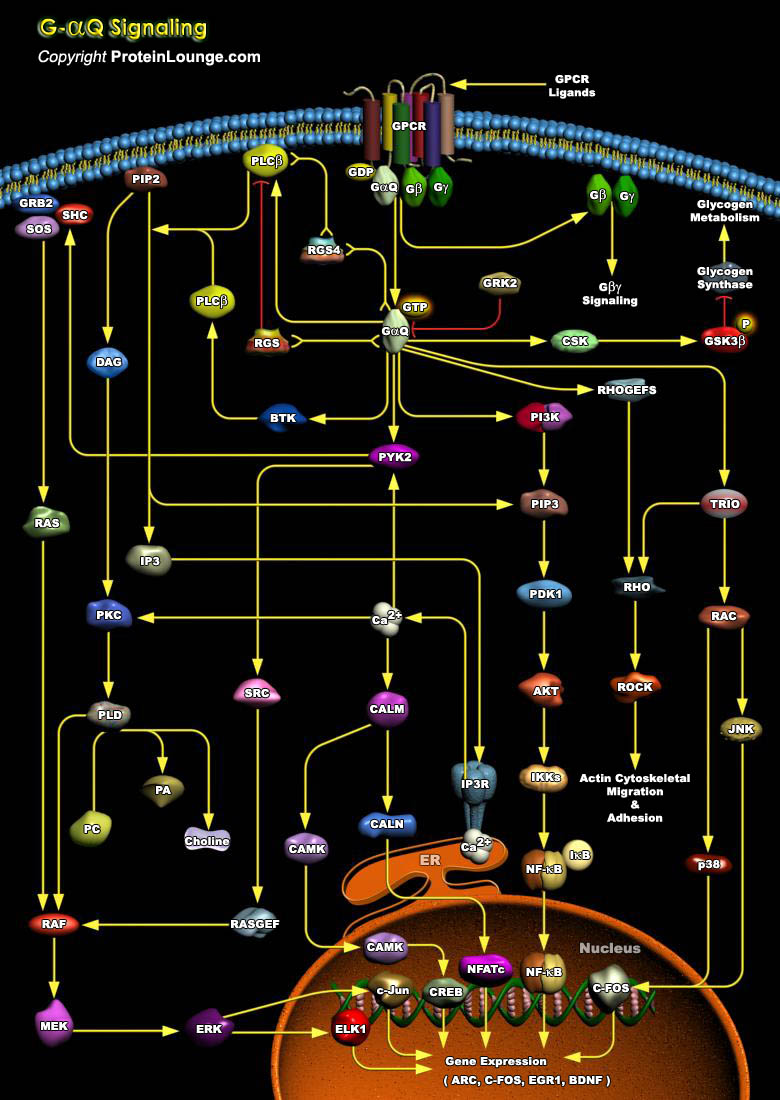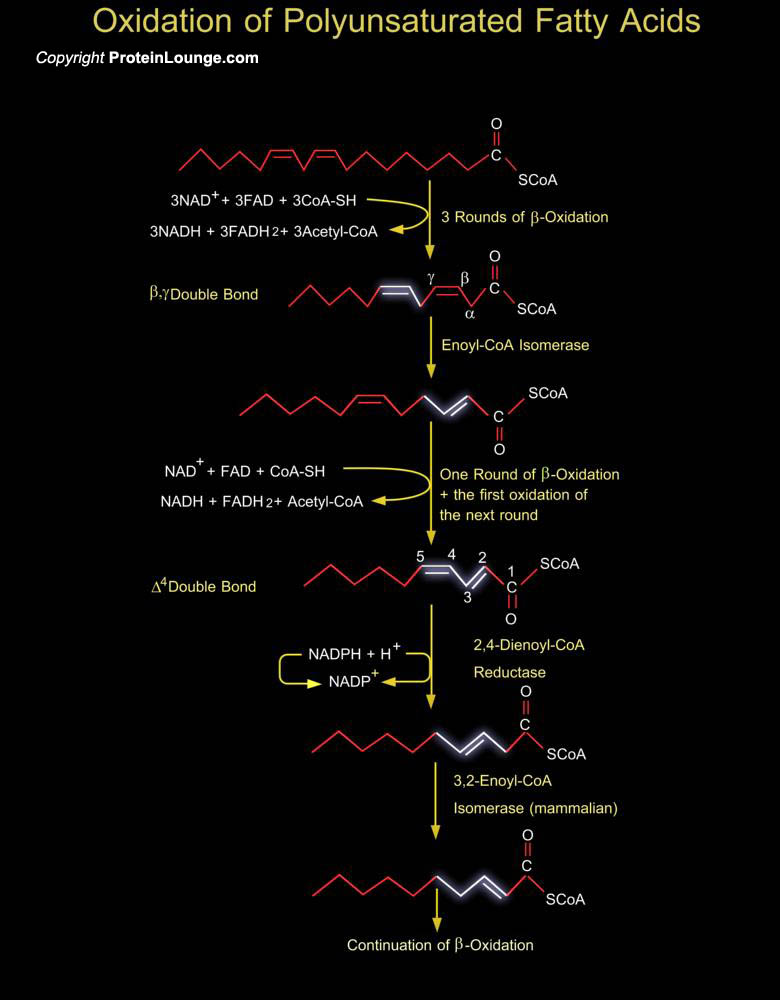Featured Pathways
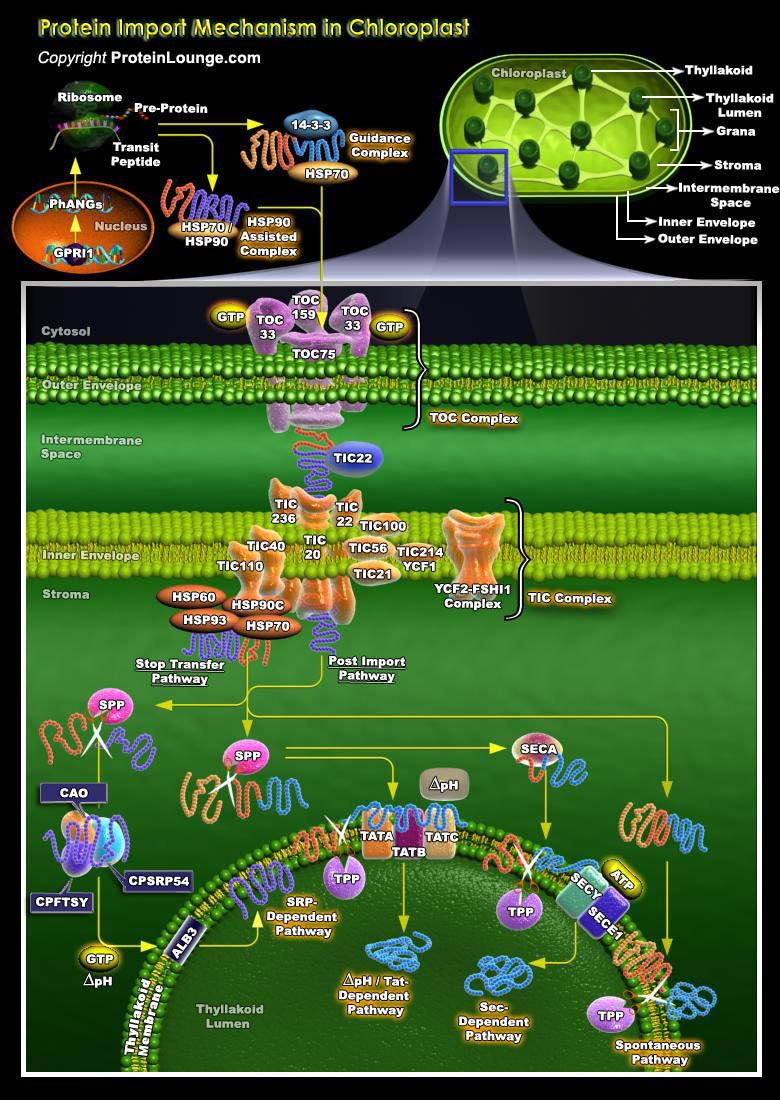
Chloroplasts represent a diverse group of essential organelles collectively as the plastids. Plastids are a heterogeneous family of organelles found ubiquitously in plant and algal cells. Chloroplasts perform a variety of biochemical functions within plant cells. They contain the green pigment chlorophyll and are responsible for the light-harvesting and carbon-fixation reactions of[..]
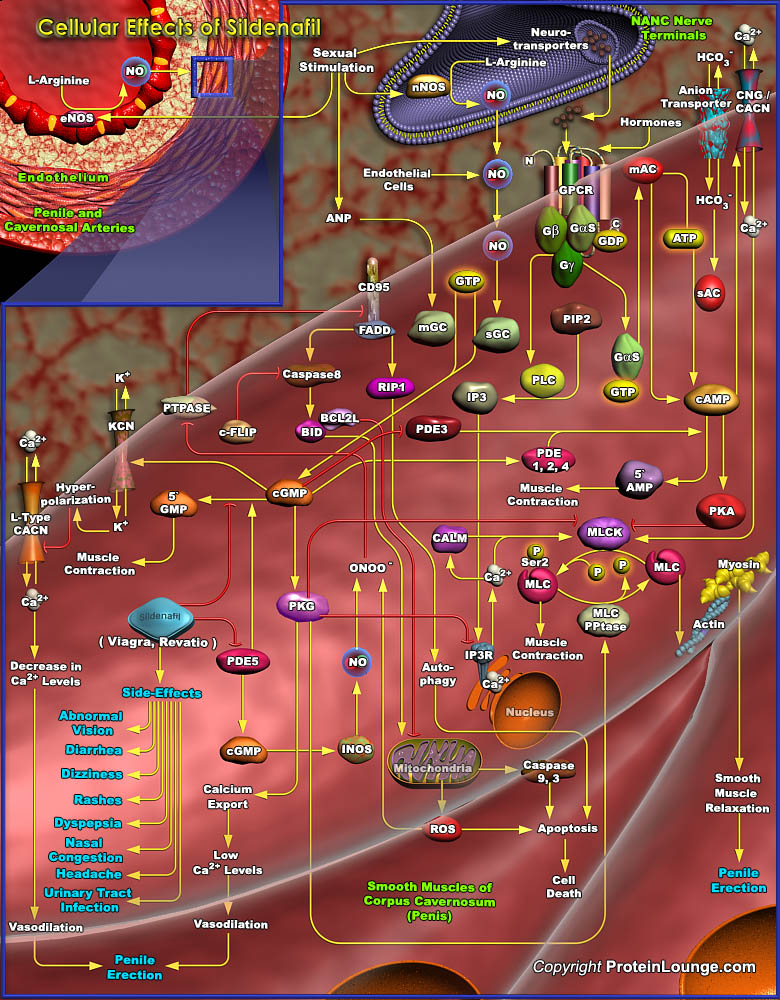
Erectile Dysfunction commonly known as ED or Impotence, affects a large segment of the male population that results in impaired relaxation of the smooth muscle cells in the corpus cavernosum and in the penile arteries. It is an age-related problem that is increasingly common in men aged over 40 years. In the past, ED was often assumed to be either a psychological problem or a normal part of[..]
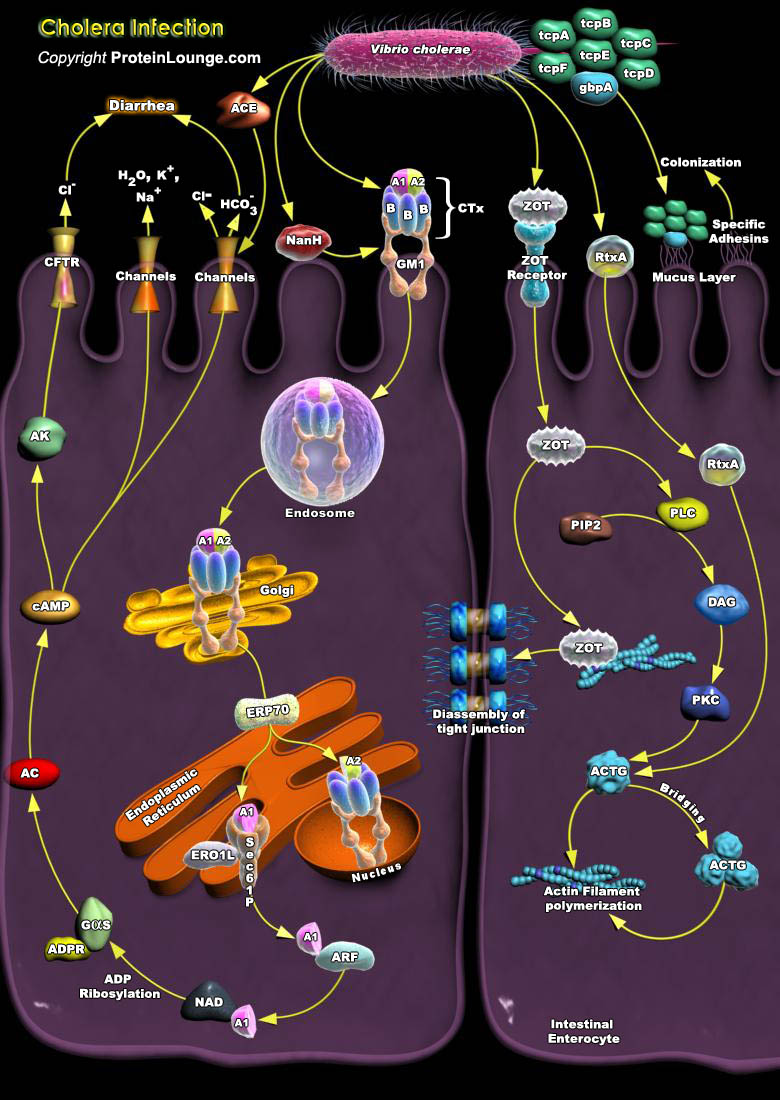
Cholera is one of the most severe diarrheal diseases that affect humans and is responsible for significant morbidity and mortality especially among children in developing countries. It is characterized by numerous, voluminous watery stools, often accompanied by vomiting, and resulting in hypovolemic shock and acidosis. It is caused by certain members of the species Vibrio cholerae which can[..]
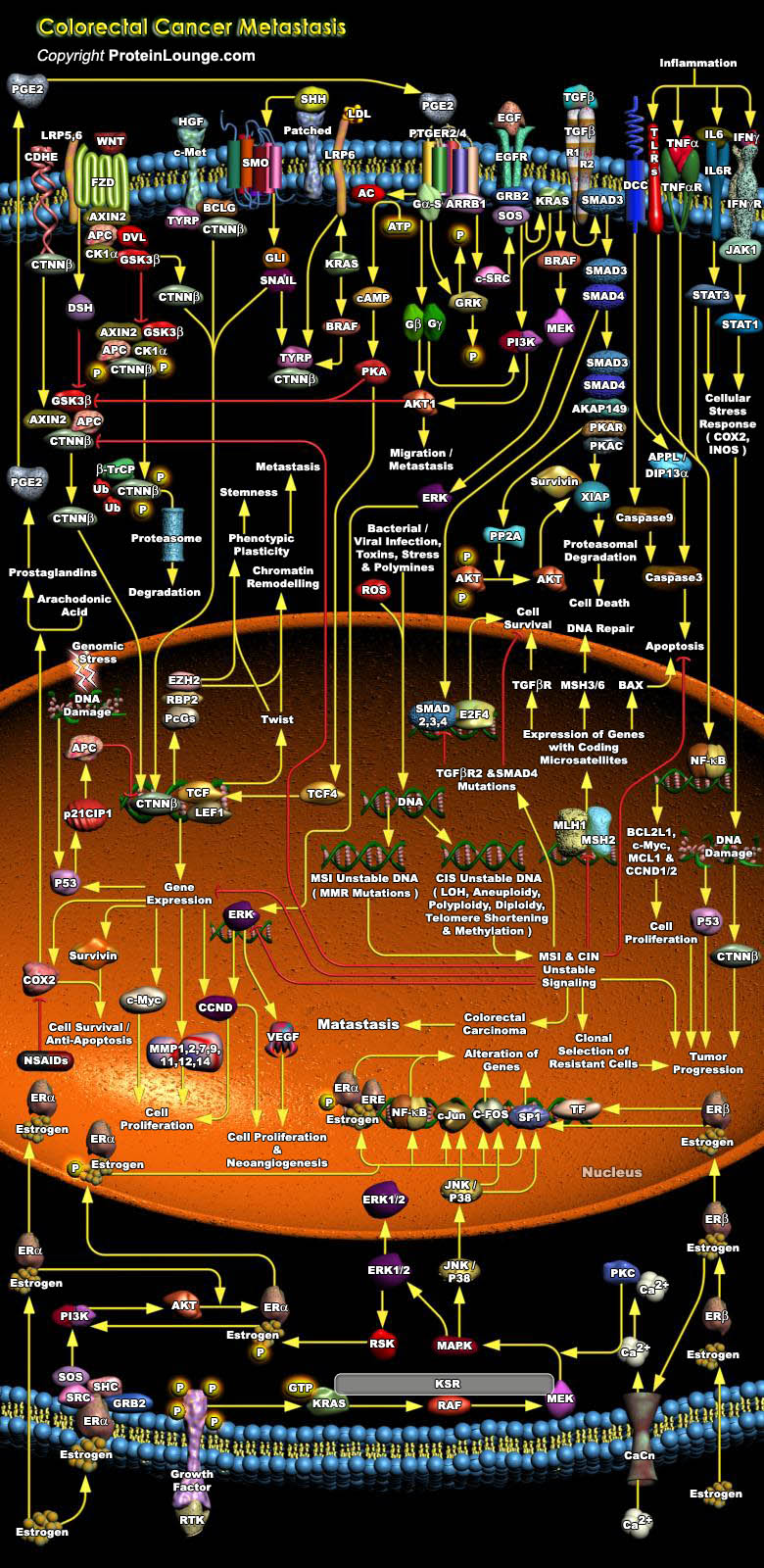
Colorectal cancer represents a relatively well-characterized tumorigenesis paradigm and colorectal carcinoma is one of the leading causes of cancer-related death. Colorectal cancer results from the accumulation of genetic alterations. Genomic instability creates a permissive state in which a potential cancer cell is allowed to acquire enough mutations to become a cancer cell. Several forms of[..]
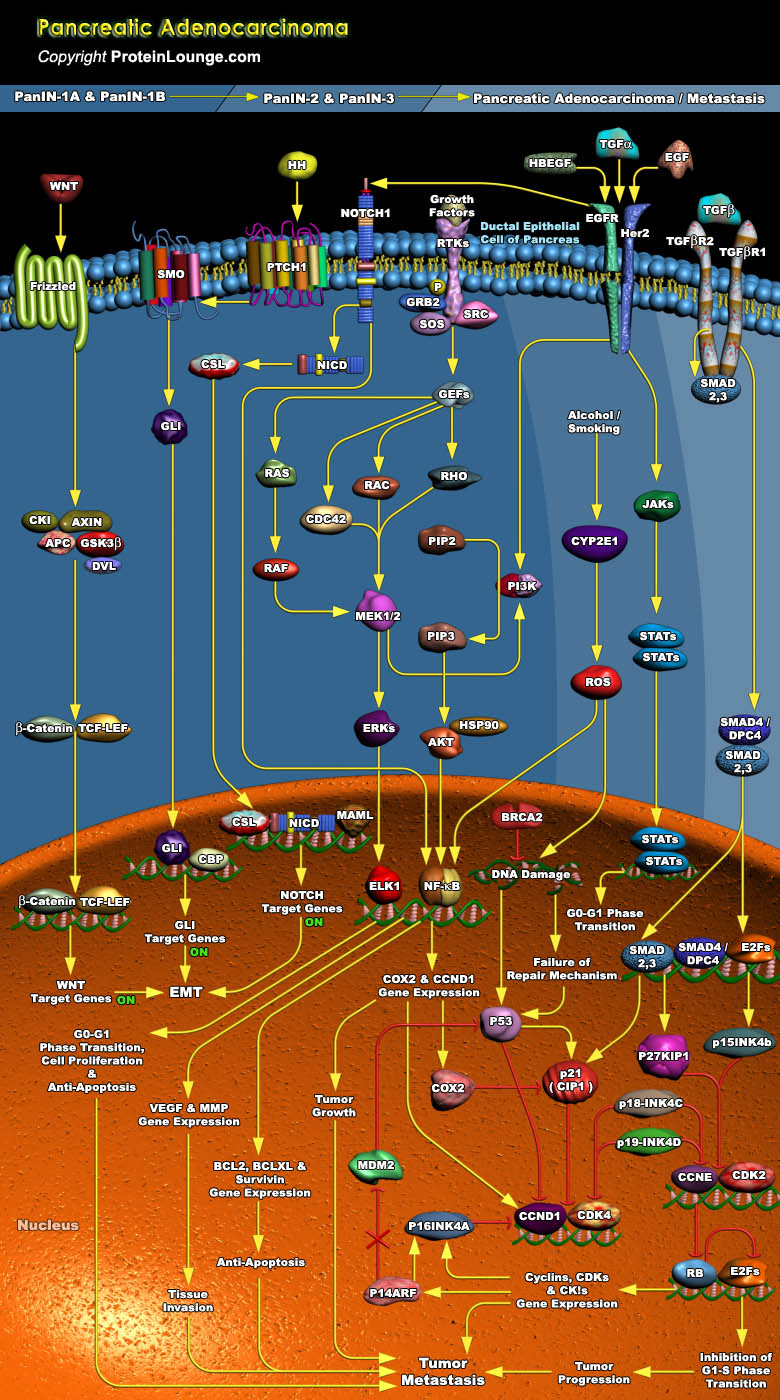
Pancreatic carcinoma is one of the most enigmatic and aggressive malignant diseases. Neoplasms of the pancreas encompass a wide spectrum of benign and malignant tumors. Pancreatic adenocarcinoma, the malignant neoplasm of the exocrine duct cells, accounts for more than ninety percent of all pancreatic tumors (Ref.1). Pancreatic ductal adenocarcinoma evolves from a progressive cascade of[..]
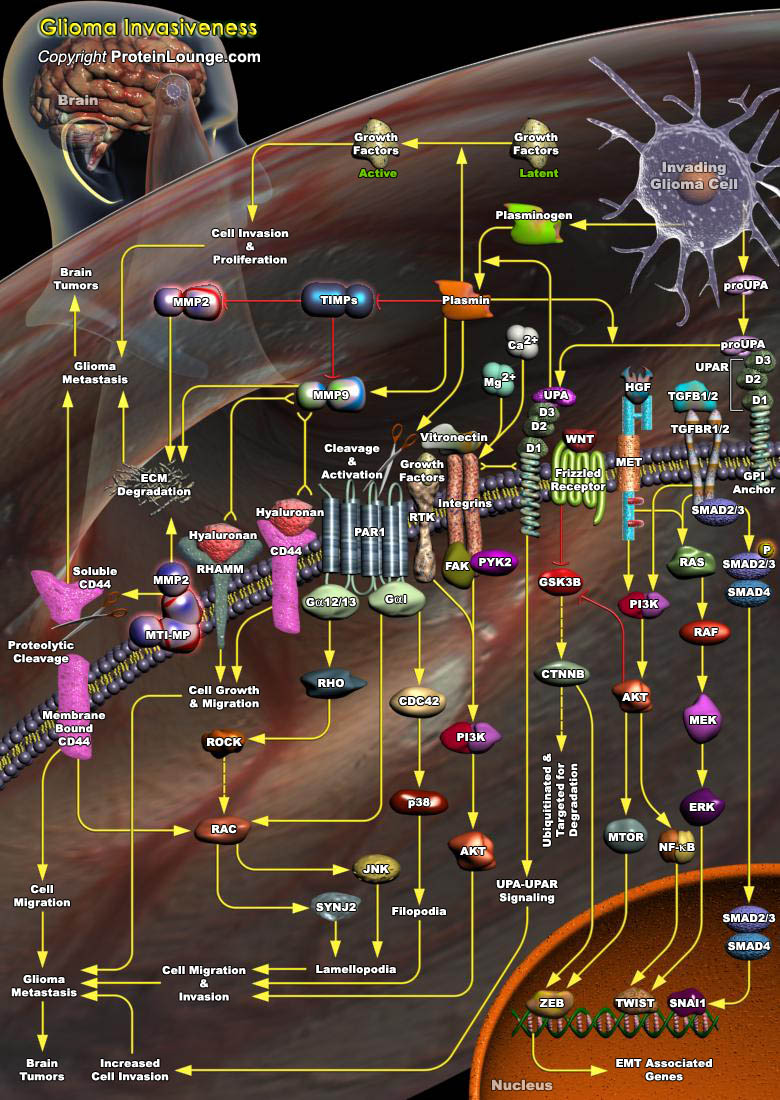
Gliomas are the most common intracranial malignant tumors in humans, and high-grade Gliomas in particular pose a unique challenge due to their propensity for proliferation and tissue invasion. The invasion of neoplastic cells into healthy brain tissue is a pathologic hallmark of Gliomas and contributes to the failure of current therapeutic modalities (surgery, radiation and chemotherapy).[..]
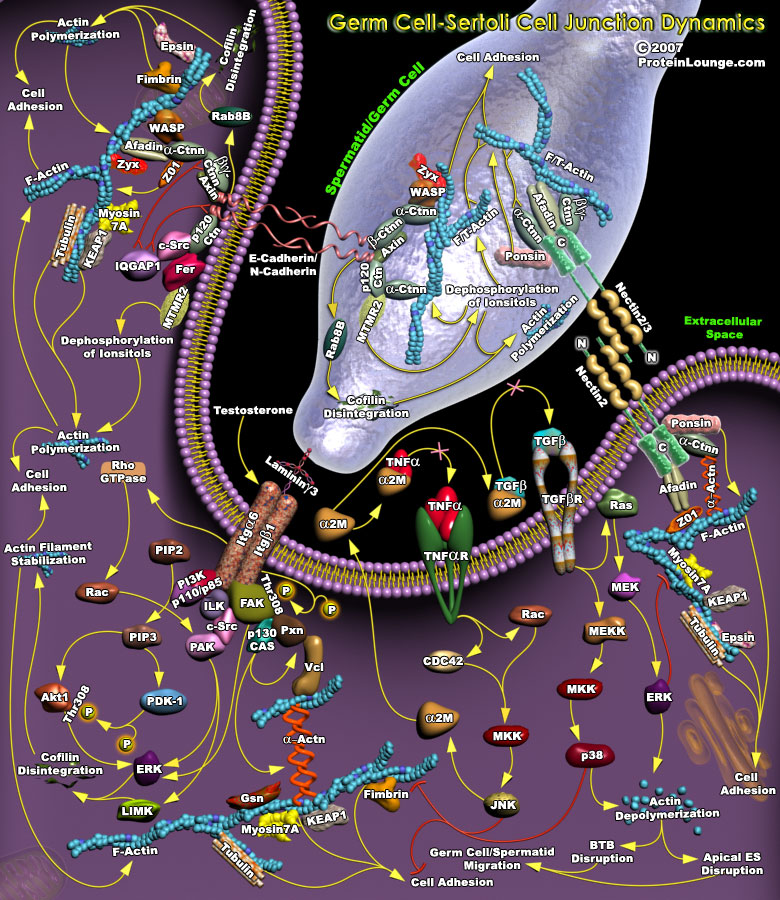
Sertoli-Germ (Spermatid)-cell interactions affect spermatogenesis at the molecular, cellular and biochemical levels. Germ cell movement within the epithelium is vital because germ cells, if induced to release into the tubule lumen prematurely, will be unable to fertilize the ovum. On the other hand, if germ cells are forced to remain attached to the seminiferous epithelium for a period of[..]
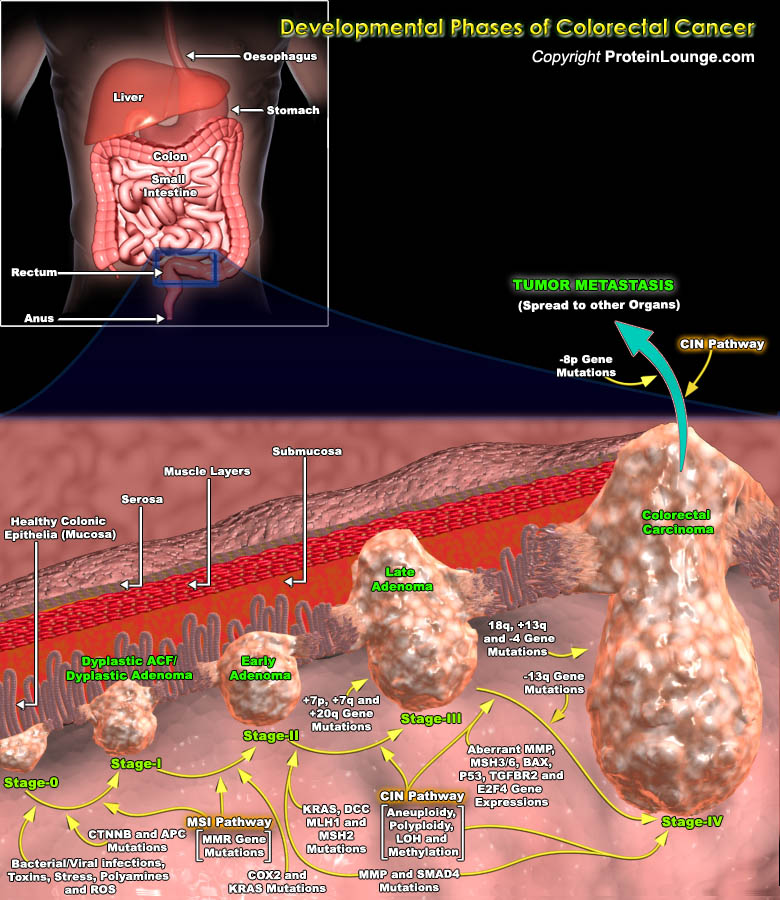
Colorectal tumors arise as a result of the mutational activation of oncogenes coupled with the mutational inactivation of tumor suppressor genes without a major role for gene amplification or rearrangement. These tumors affect the colon and rectum, and most colorectal cancers arise from adenomatous polyps. The development of colorectal neoplasms is characterized by an ordered series of events[..]
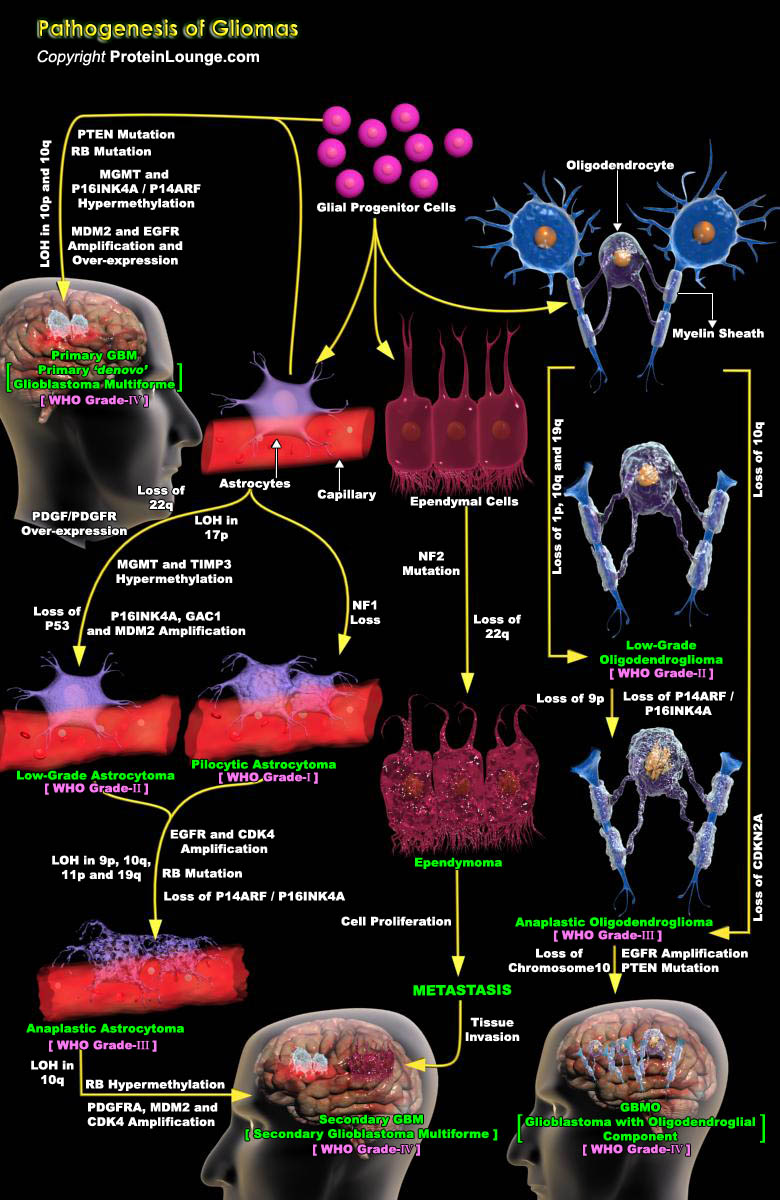
Tumors of the Central Nervous System (CNS) are devastating as they are difficult to treat and may cause grave disability or death. CNS Gliomas pose particularly difficult problems because of their tendency toward malignancy, rate of tumor spread, and the lack of effective therapy. Gliomas are the most common intracranial malignant tumors in humans (Ref.1). In vertebrates, the embryonic neural[..]
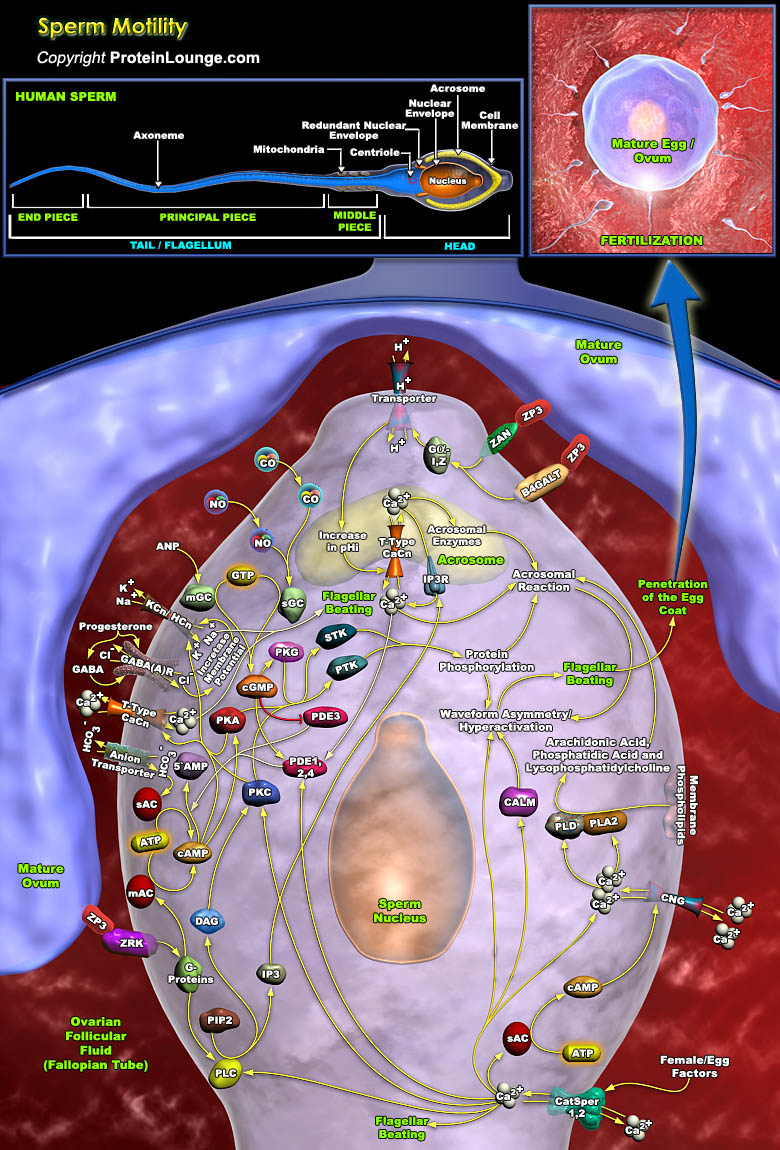
In humans, roughly 300 million spermatozoa on average are ejaculated in the female reproductive tract, but only about one of every million actually enters the Fallopian tube. Upon entry, these spermatozoa apparently bind strongly to the oviductal epithelium in the isthmus, forming a sperm storage site. Human spermatozoon formed in the testes via[..]
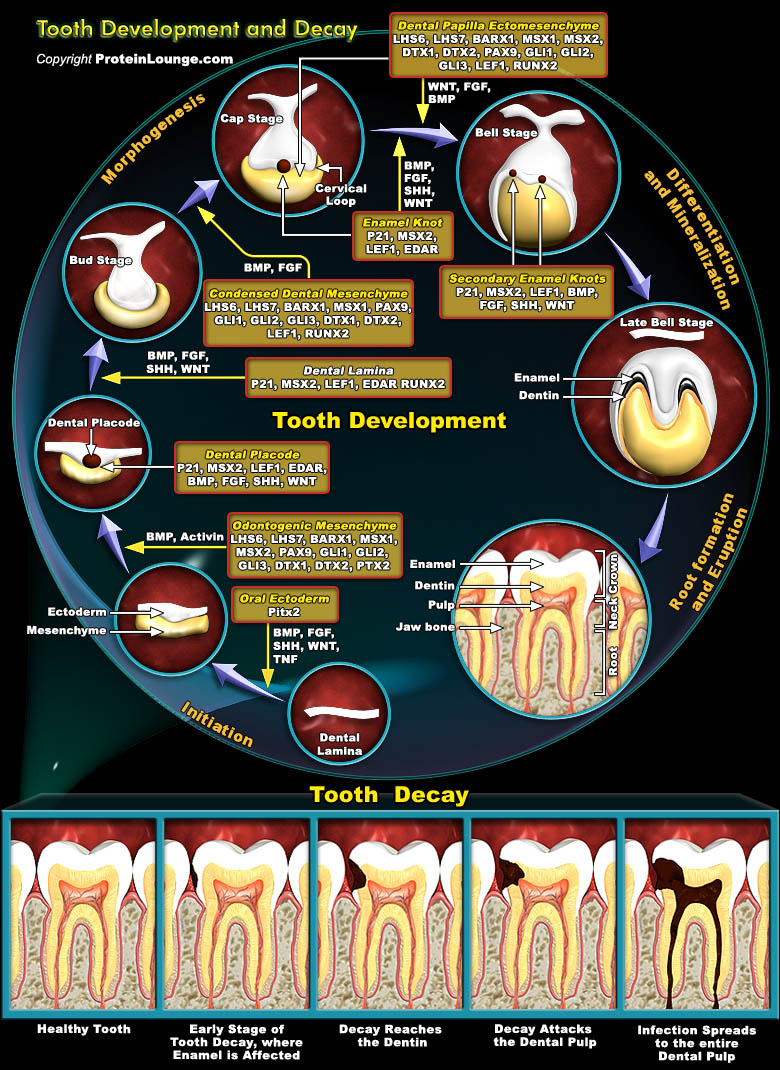
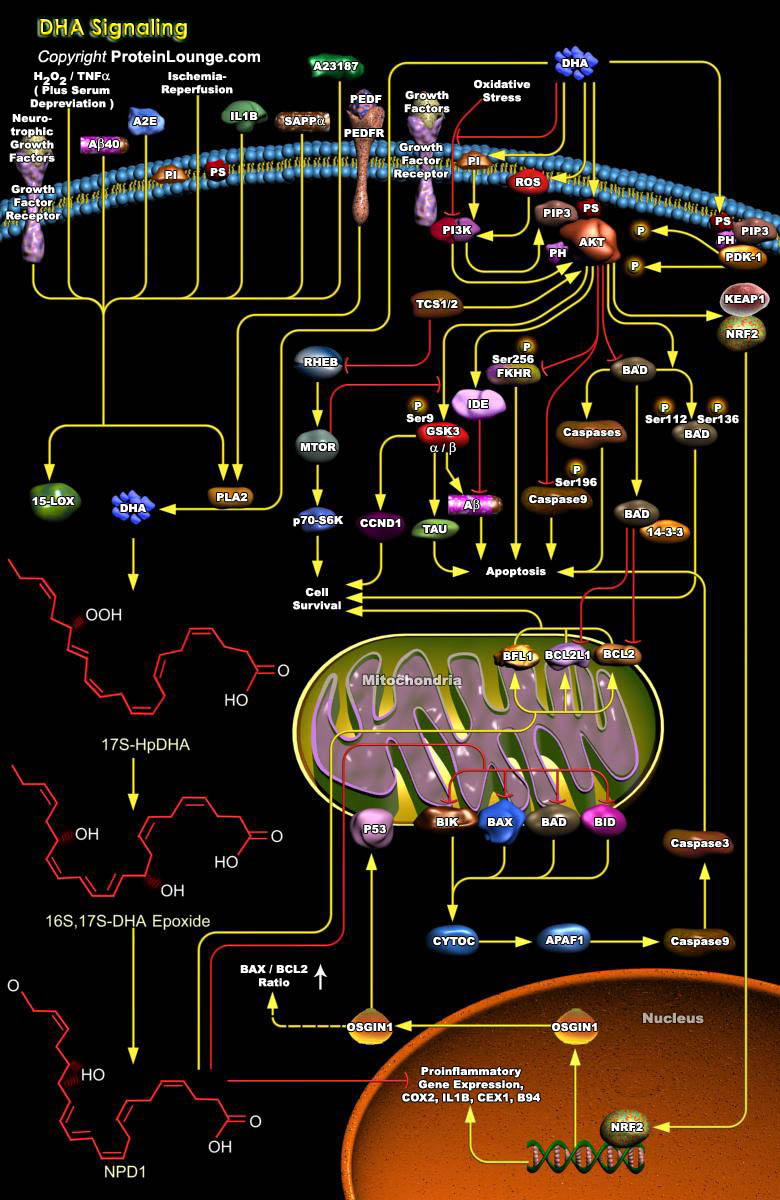
The cell membranes do not simply serve as barriers to separate the inside of the cell from the outside or to delineate different intracellular compartments. These membranes also serve as a platform for cell signaling by allowing specific sets of proteins to interact. Phospholipids are major structural constituents of the cell membranes. In the cell membranes of neurons, the two most prevalent[..]









